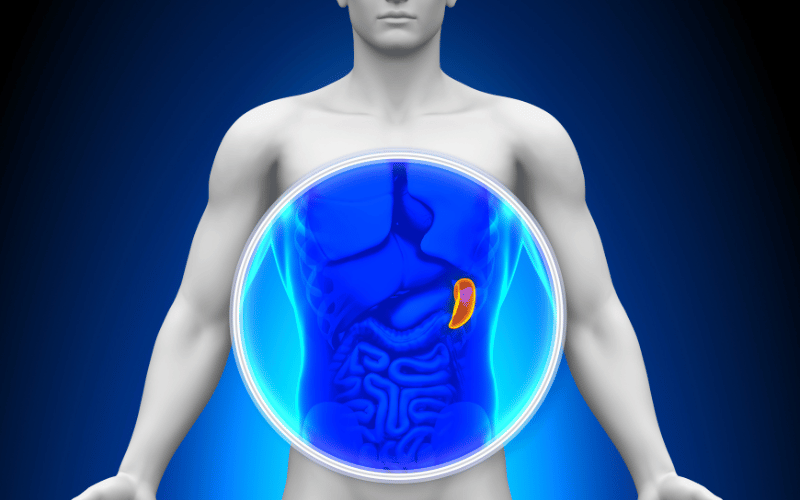Introduction: Understanding Hepatosplenic T-Cell Lymphoma

Hepatosplenic T-Cell Lymphoma (HSTCL) is a rare form of blood cancer, distinct in how it predominantly affects the liver and spleen. The uniqueness of HSTCL lies not just in its rarity but also in the way it presents itself. Most of us, when thinking about cancer, might imagine tumors or lumps. However, lymphomas like HSTCL manifest in the body’s very system meant to protect us: the lymphatic system.
When the word ‘cancer’ is mentioned, it’s often met with fear, primarily due to the unpredictability associated with it. For many, the rarity of HSTCL might translate into an information void, making it even more daunting. But fear often stems from the unknown. By familiarizing ourselves with the symptoms and understanding the nuances of this specific lymphoma, we bridge that knowledge gap, and in doing so, empower ourselves and our loved ones.
Being equipped with the right information can be the difference between early detection and late-stage discovery. With conditions like HSTCL, early detection is not just beneficial—it’s vital. So, while HSTCL might be a less-talked-about cancer, its implications on one’s health are as significant as more prevalent cancer forms. For this reason, knowing its symptoms becomes a cornerstone of proactive health management.
This article seeks to shed light on the 10 most telling symptoms of HSTCL. Recognizing these symptoms early can pave the way for timely medical intervention, enhancing the chances of successful treatment and recovery.
Sign 1: Enlarged Spleen (Splenomegaly)

The spleen, tucked away on the left side beneath our rib cage, plays a crucial role in our body’s ability to fend off infections. It filters our blood and keeps our bodily fluids in balance. When a person develops HSTCL, one of the foremost indicators is an enlarged spleen, medically termed as splenomegaly.
The manifestation of an enlarged spleen varies. Initially, there might be subtle signs. A person could feel a mild discomfort or even a dragging sensation in the left lower abdomen. With time, as the spleen grows in size, it can exert pressure against other organs like the stomach.
This exertion can lead to a variety of secondary symptoms. One such symptom is a feeling of fullness after consuming a small amount of food. This is because the enlarged spleen restricts the stomach’s capacity to expand. Consequently, the individual might lose appetite or reduce food intake, which can inadvertently lead to nutritional deficiencies.
Splenomegaly can also be detected through physical examinations. In some instances, a healthcare professional might feel the enlarged spleen during a routine checkup. For a more definitive diagnosis, imaging tests, like ultrasounds or CT scans, are employed.(1)